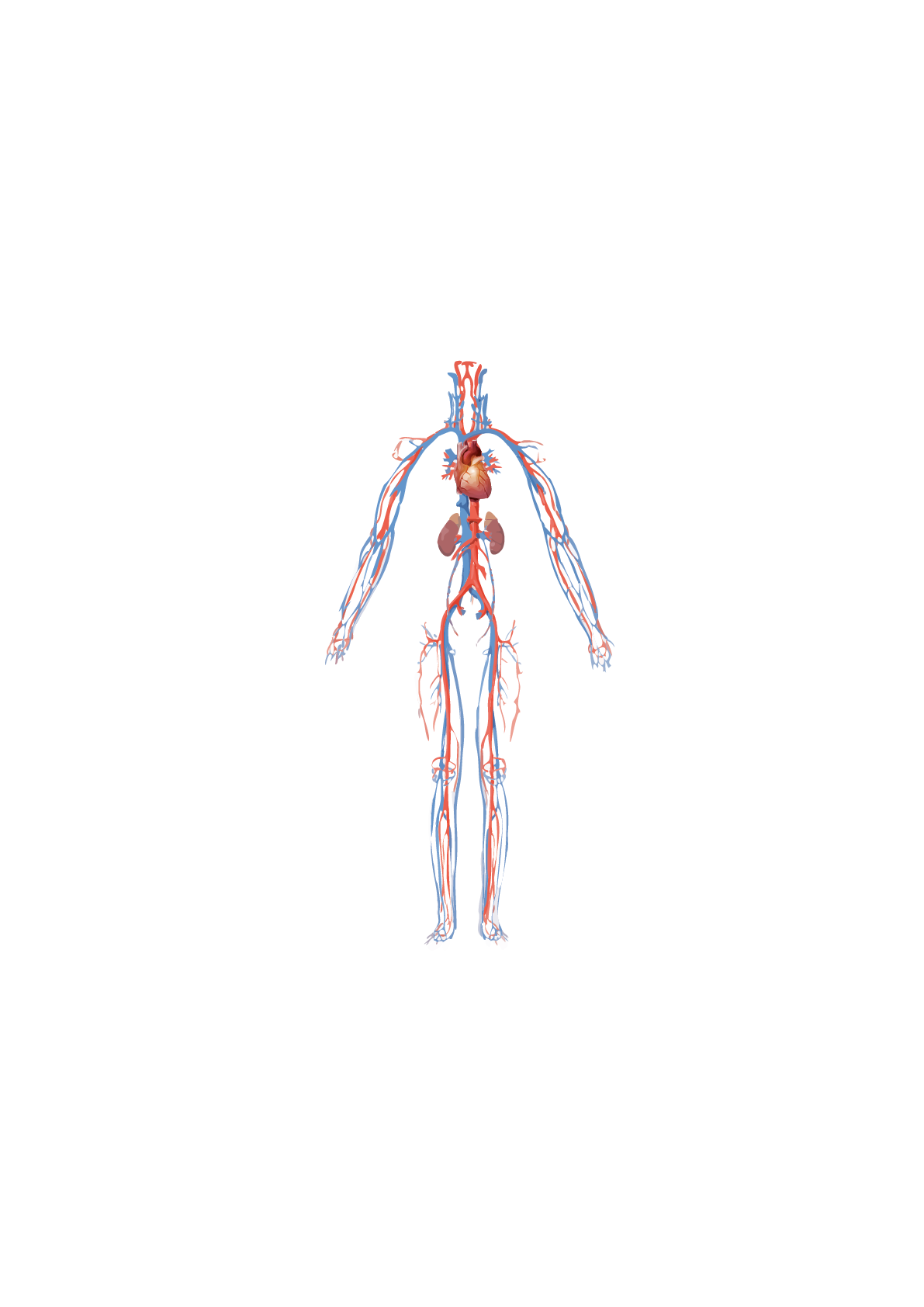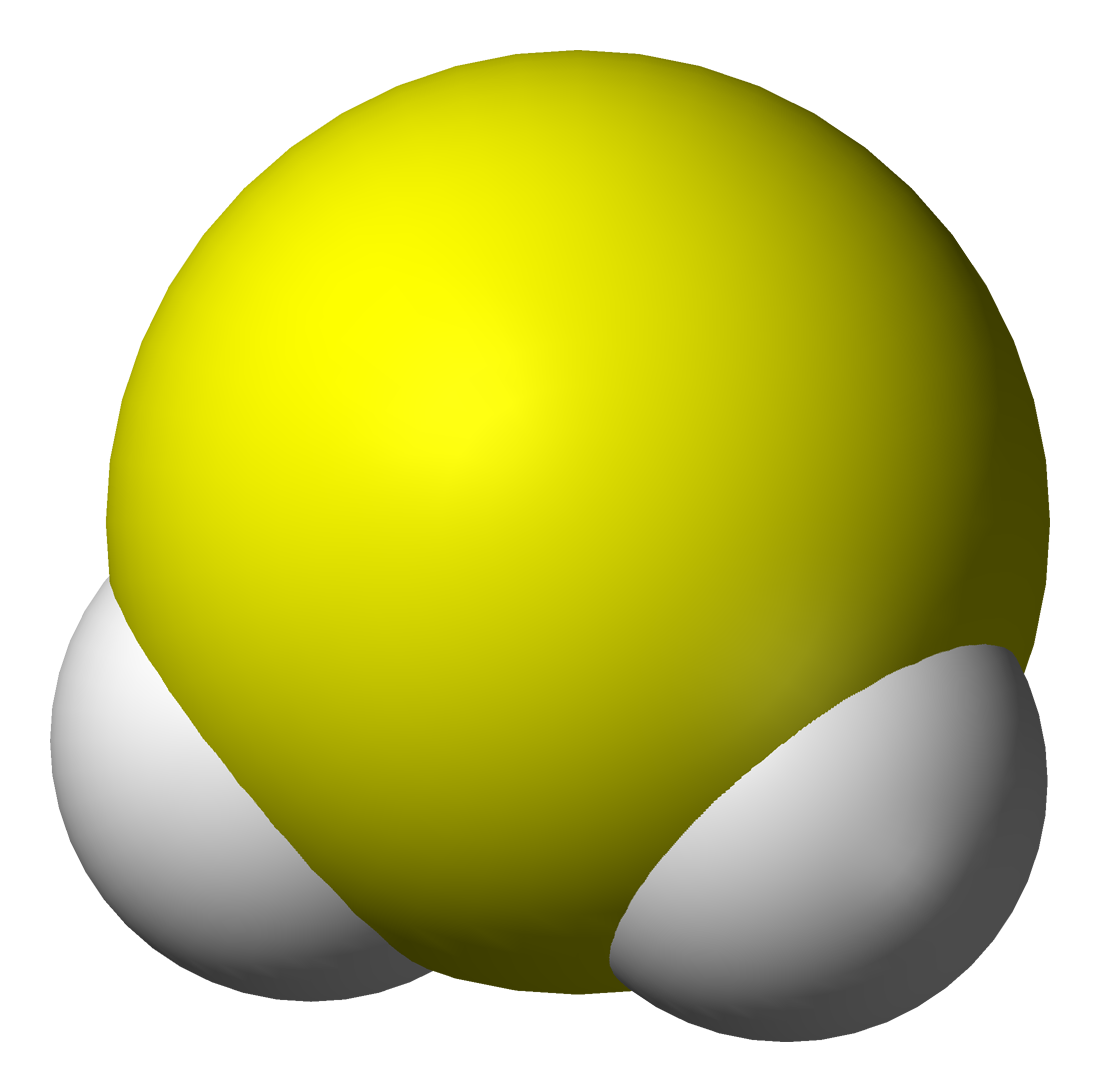Therapeutic Angiogenesis in Peripheral Artery Disease

Periperal artery disease (PAD) is caused by occlusion of lower limb arteries, leading to poor irrigation (ischemia) of tissues, which can lead to amputation. When PAD progresses to critical limb threatening ischemia (CLTI), the only treatment is surgical revascularization.
Unfortunately, 20 to 40% of CLTI patients are not amenable to revascularization or have failed revascularization. Moreover, vascular surgery carries one of the highest rates of perioperative events, and about 20% of vascular surgery patients show signs of cardiac injury and associated risk of mortality. Finally, all surgical revascularization suffer from high failure rates due to intimal hyperplasia (IH), a process whereby a “neointima” layer is formed between the internal elastic lamina and the endothelium.
Against this background, patients with limited surigcal options could benefit from therapeutic angiogenesis or arteriogenesis to promote the formation or natural bypasses.

Therapeutic potential of hydrogen sulfide (H2S) against peripheral vascular diseases
Hydrogen Sulfide (H2S) is a gas easily identified by its distinctive odor of rotten eggs. H2S naturally occurs in mammalian tissue as a byproduct of cysteine metabolism via the enzymes cystathionine-β-synthase (CBS) and cystathionine gamma-lyase (CGL).
This endogenous H2S production is now recognized as having multiple cytoprotective properties but circulating H2S are reduced in human suffering from vascular occlusive diseases.
Hydrogen sulfide is a powerful gasotransmitter with great therapeutic potential
We are studying the therapeutic potential of H2S-releasing compounds in various mouse models of angiogenesis and arteriogenesis in vivo and ex vivo



